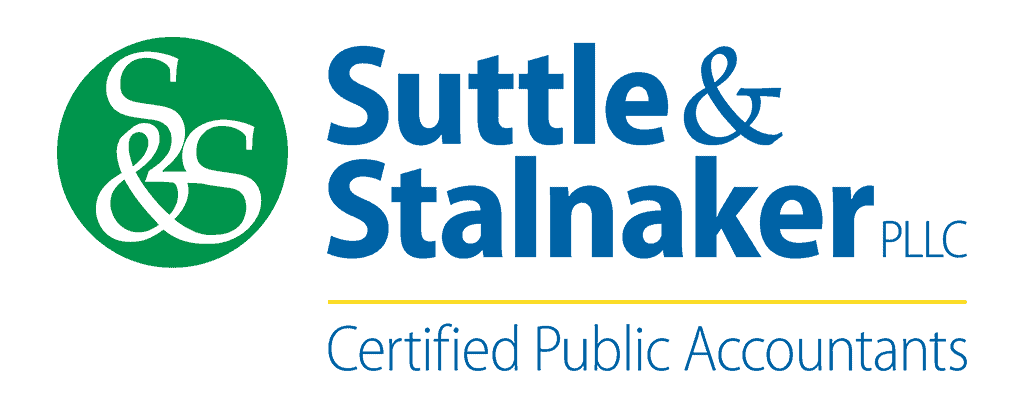The October 8, 2020 guidance released by the SBA and Treasury dept. deals with several anticipated PPP updates to simplify the forgiveness processes for PPP loans of $50,000 or less, and clarify lender responsibilities of the review of borrower documentation of eligible costs for forgiveness in excess of a borrower’s PPP loan amount.
Changes for Borrowers
New Forgiveness Application for Loans of $50,000 or less
- The SBA has released a new Form 3508S to be used by borrowers with loans of $50,000 or less (other than any borrower that together with its affiliates received loans totaling $2 million or more)
- Eligible borrowers who use this form are exempt from is no longer required to reduce the amount eligible for forgiveness if the borrower:
- Reduces the salary or hourly wage of an employee (who earned less than $100,000 in 2019) during the “covered period” following the borrowing relative to the first quarter of 2020 or
- Reduces full-time equivalent employees (FTEs) during the covered period relative to a base period.
Documentation:
Despite this new streamlined application, borrowers must maintain all records relating to the borrower’s PPP loan, including documentation submitted with its PPP loan application, in its files for six years after the date the loan is forgiven or repaid in full. Borrowers must also permit authorized representatives of SBA, including representatives of its Office of Inspector General, to access such files upon request. See below for the full document list.
Please note: This guidance does not provide any direction related to the tax implications of debt forgiveness, whether the forgiven amount will be taxable or not. We continue to monitor this decision.
Changes for Lenders
Changes to the Application Review Process
When a borrower submits Form 3508S or lender’s equivalent form, the lender must:
- Confirm receipt of the borrower certifications contained in Form 3508S or lender’s equivalent form.
- Confirm receipt of the documentation the borrower must submit to aid in verifying payroll and nonpayroll costs.
Providing an accurate calculation of the loan forgiveness amount is the responsibility of the borrower, and the borrower attests to the accuracy of its reported information and calculations on the Loan Forgiveness Application. The borrower shall not receive forgiveness without submitting all required documentation to the lender.
Borrower Submission of Excess Costs
In some cases, a borrower may submit to a lender documentation of eligible payroll and nonpayroll costs that exceed the amount of the borrower’s PPP loan. In response to that situation, the interim rule states that:
- The amount of loan forgiveness that a borrower may receive cannot exceed the principal amount of the PPP loan.
- The lender should confirm receipt of the documentation the borrower is required to submit and confirm the borrower’s calculations on the loan forgiveness application, up to the amount required to reach the requested forgiveness amount.
Documentation Requirements for Form 3508S
Payroll – Eligible cash compensation and non-cash benefit payments from the covered period or the alternative payroll covered period consisting of the following:
-
- Bank account statements or third-party payroll service provider reports documenting the amount of cash compensation paid to employees.
- Tax forms (or equivalent third-party payroll service provider reports) for the periods that overlap with the covered period or the alternative payroll covered period:
- Payroll tax filings reported, or that will be reported, to the IRS (typically, Form 941)
- State quarterly business and individual employee wage reporting and unemployment insurance tax filings reported, or that will be reported, to the relevant state
- Payment receipts, canceled checks, or account statements documenting the amount of any employer contributions to employee health insurance and retirement plans that the borrower included in the forgiveness amount.
Nonpayroll – Documentation verifying existence of the obligations/services prior to February 15, 2020 and eligible payments from the covered period:
-
- Business mortgage interest payments: copy of lender amortization schedule and receipts or cancelled checks verifying eligible payments from the covered period; or lender account statements from February 2020 and the months of the covered period through one month after the end of the covered period verifying interest amounts and eligible payments.
- Business rent or lease payments: copy of current lease agreement and receipts or cancelled checks verifying eligible payments from the covered period; or lessor account statements from February 2020 and from the covered period through one month after the end of the covered period verifying eligible payments.
- Business utility payments: copy of invoices from February 2020 and those paid during the covered period and receipts, cancelled checks, or account statements verifying those eligible payments.
